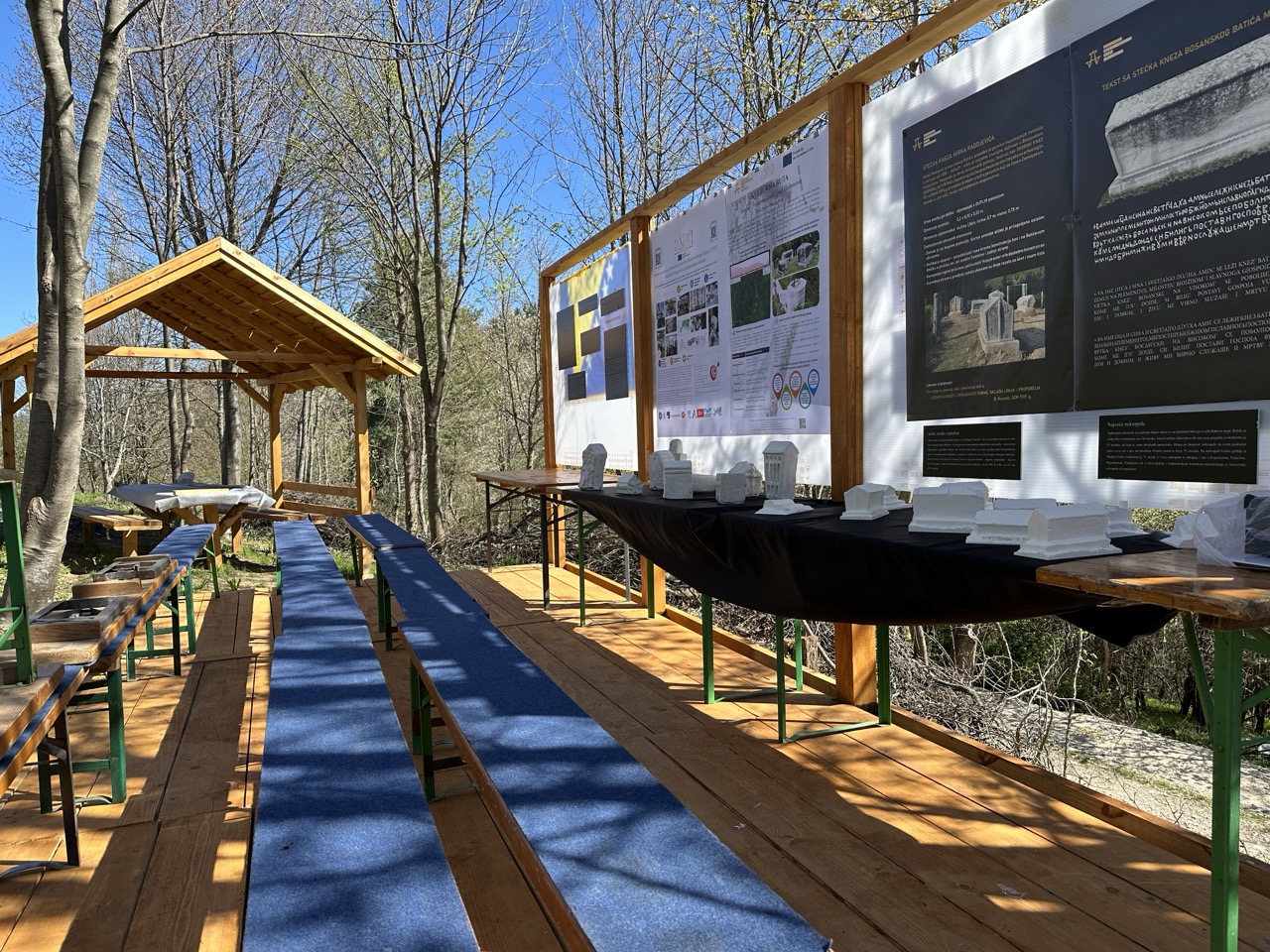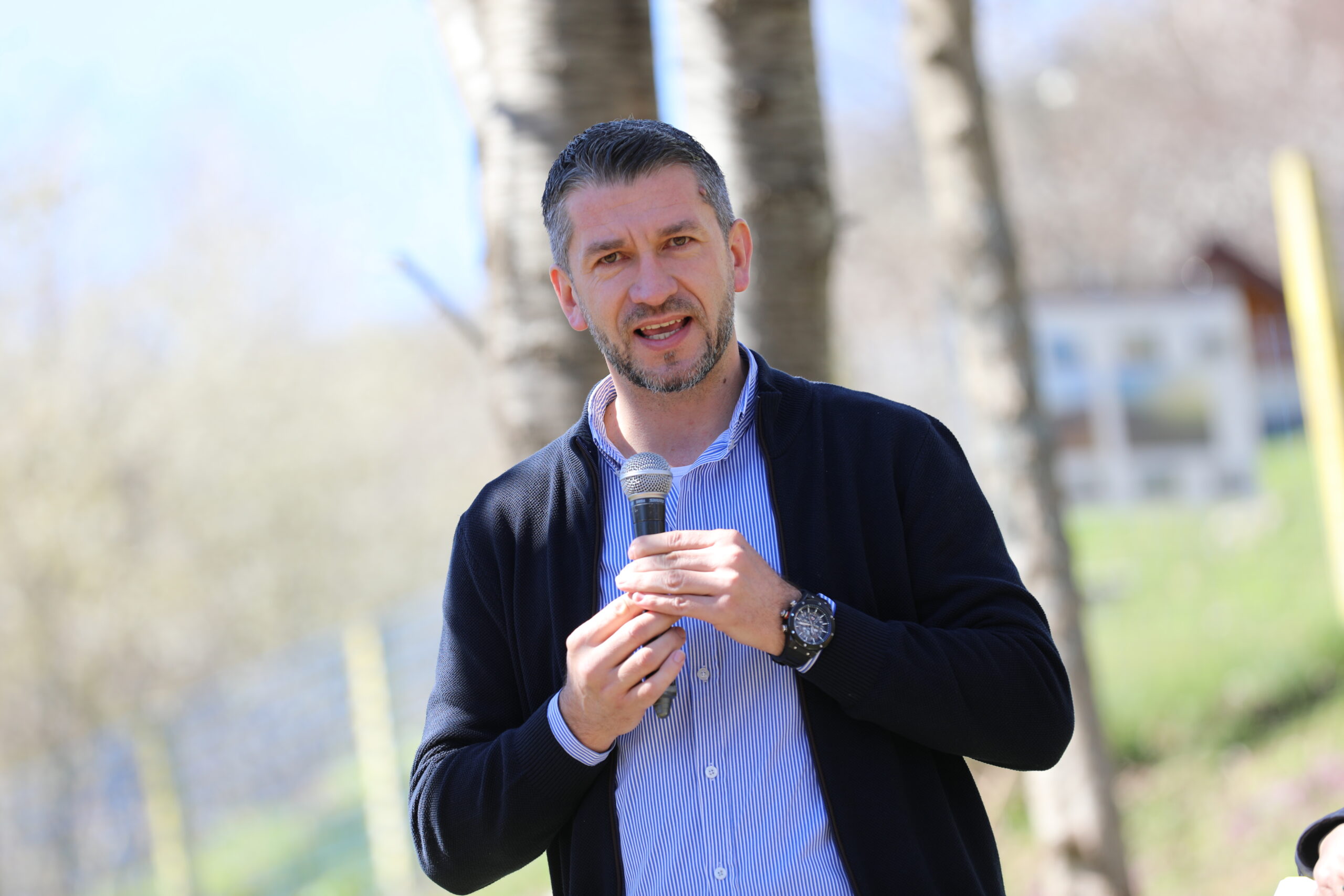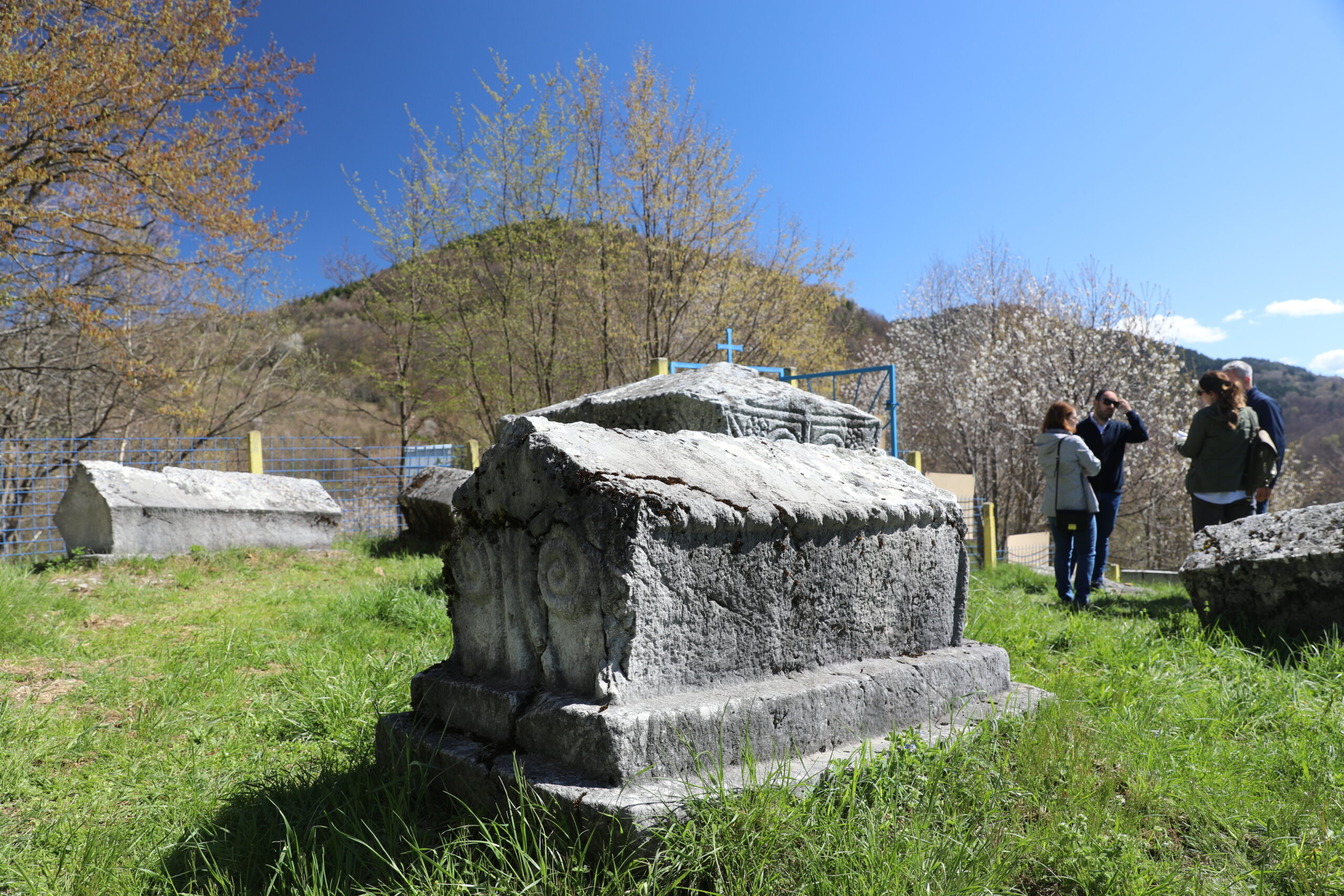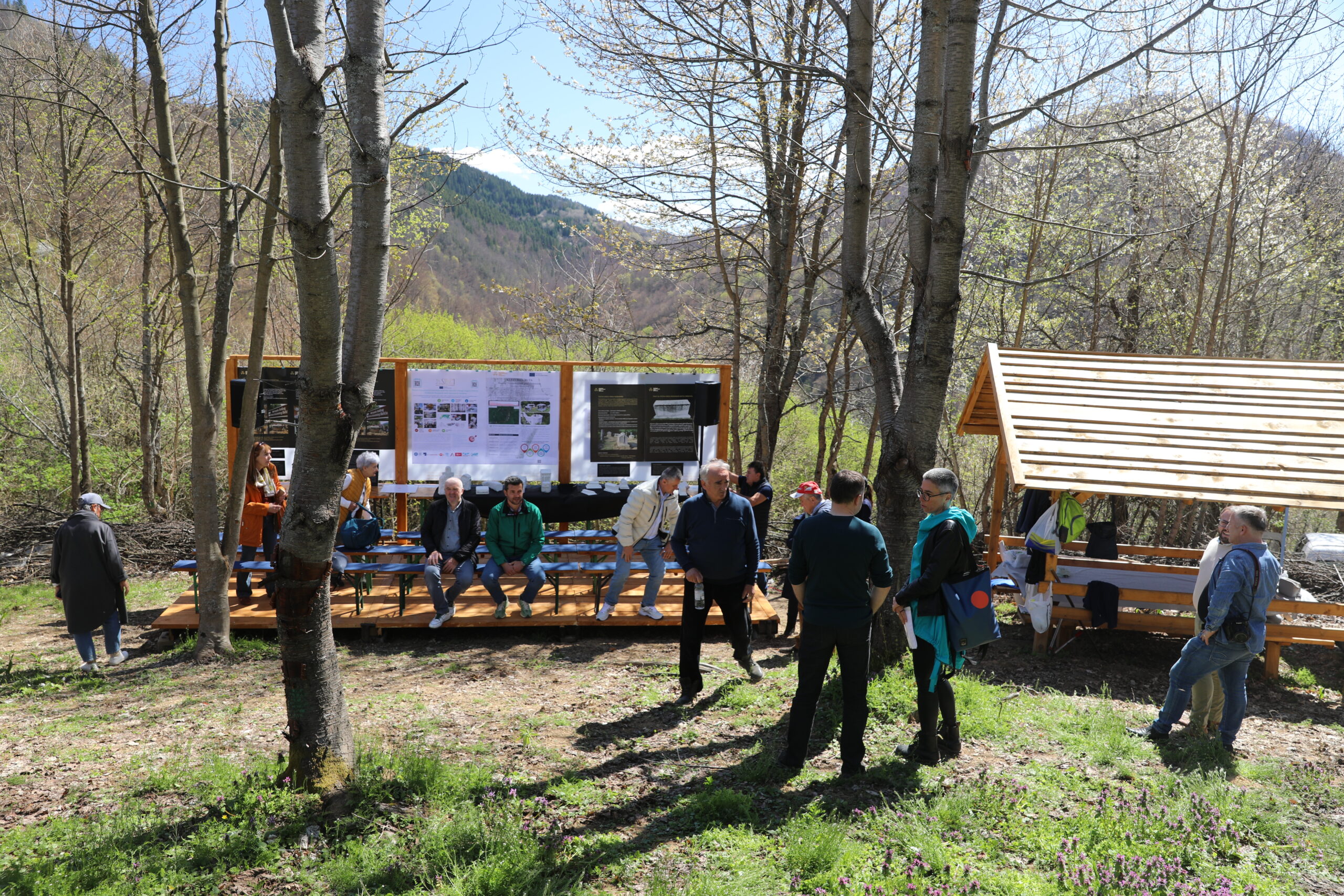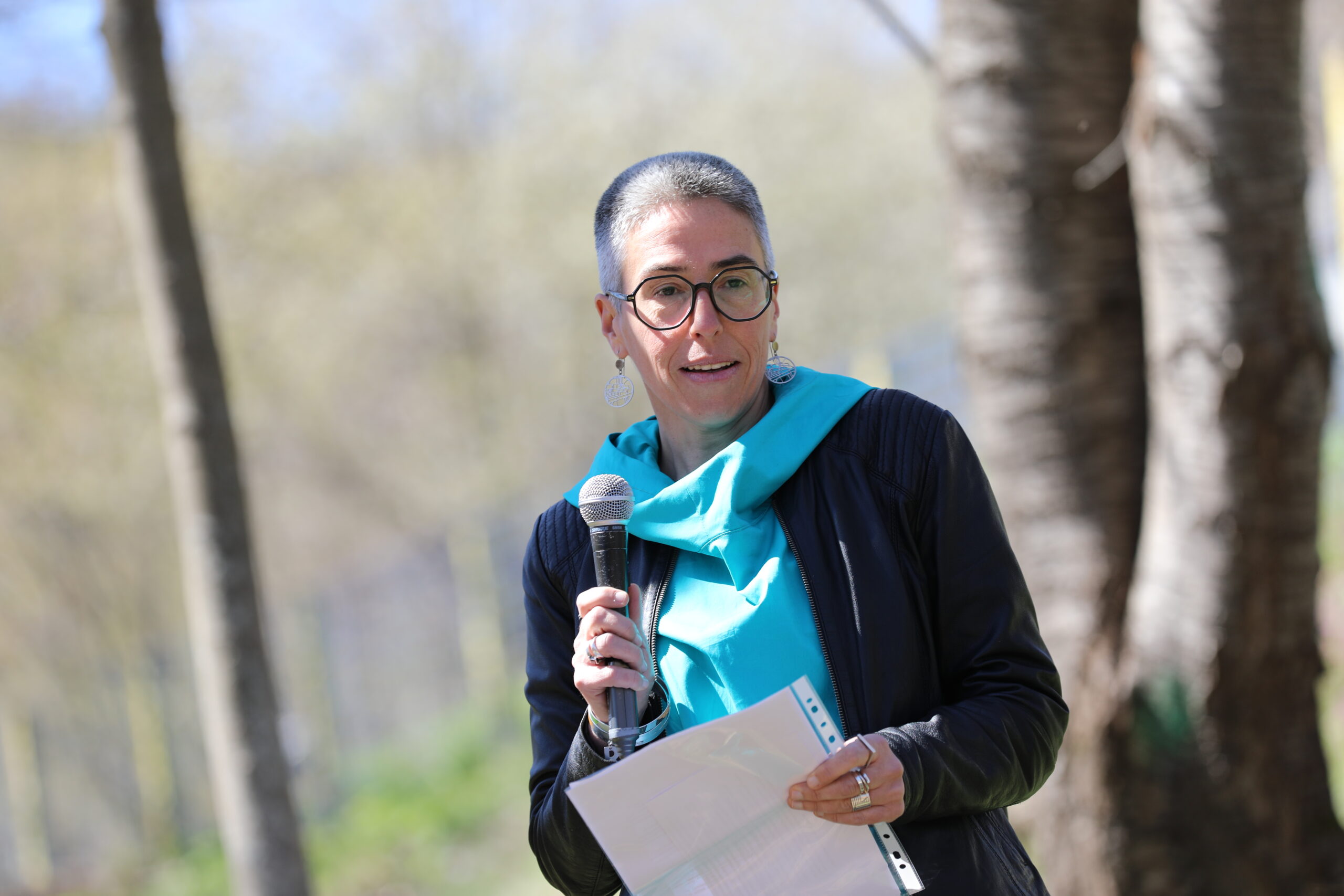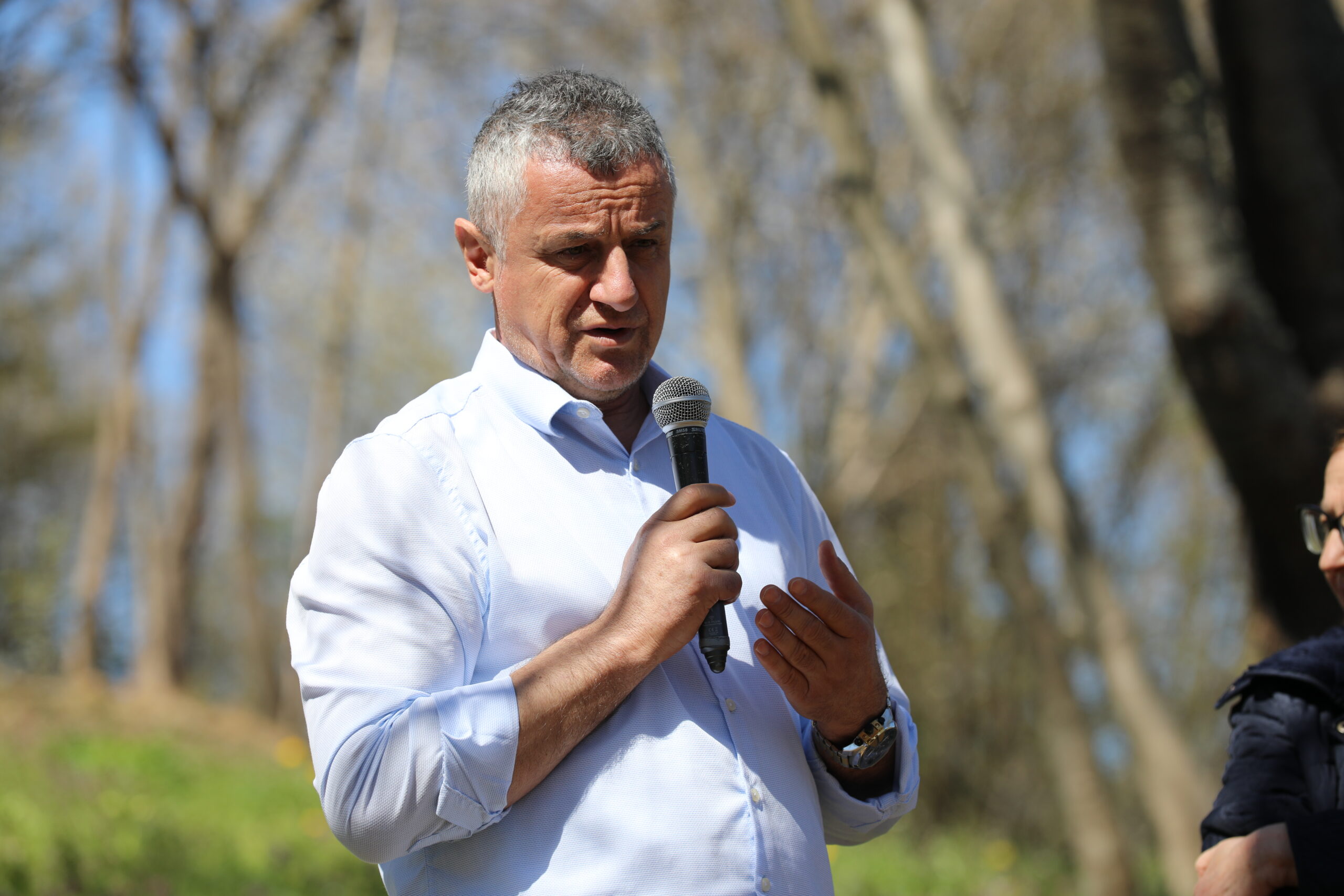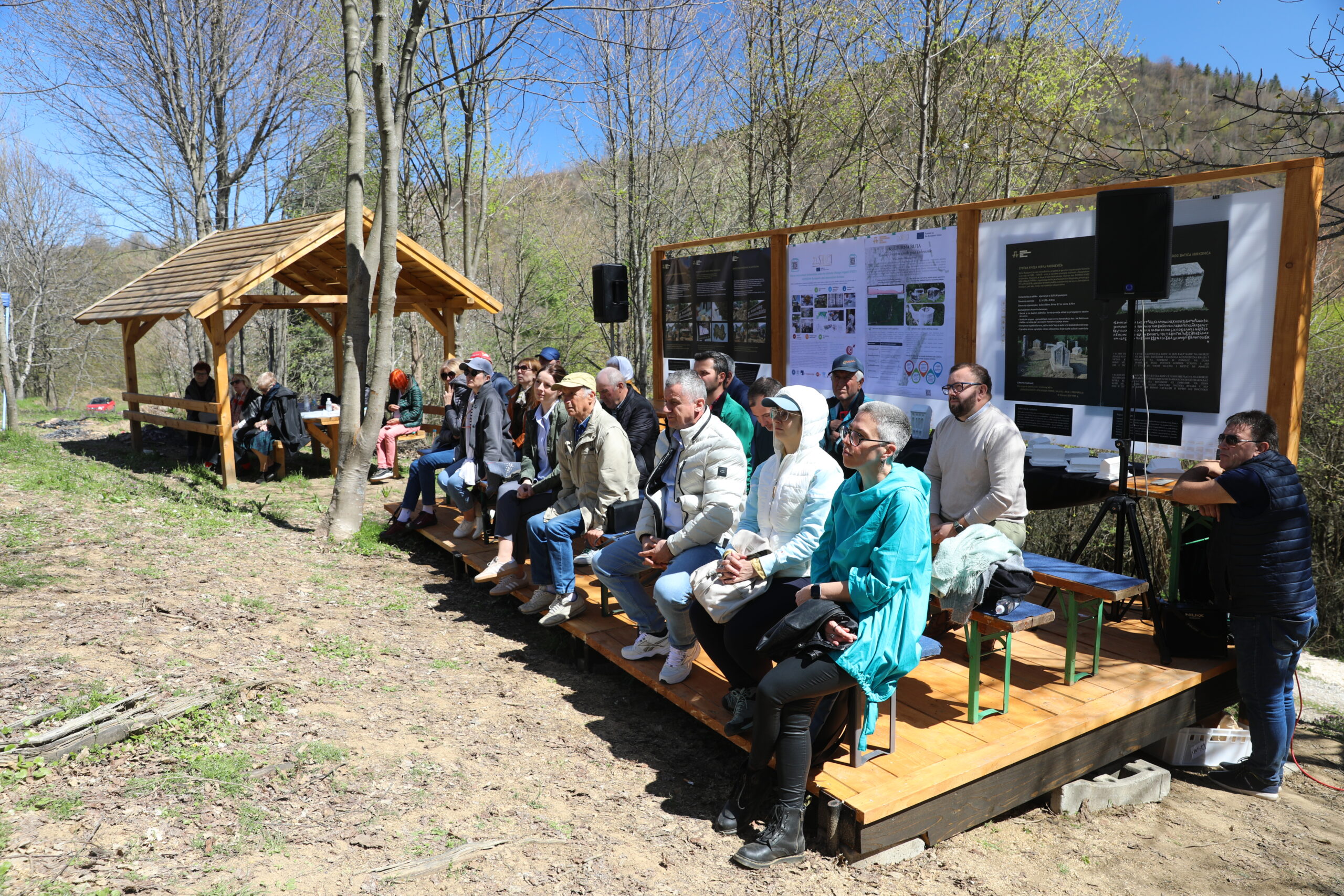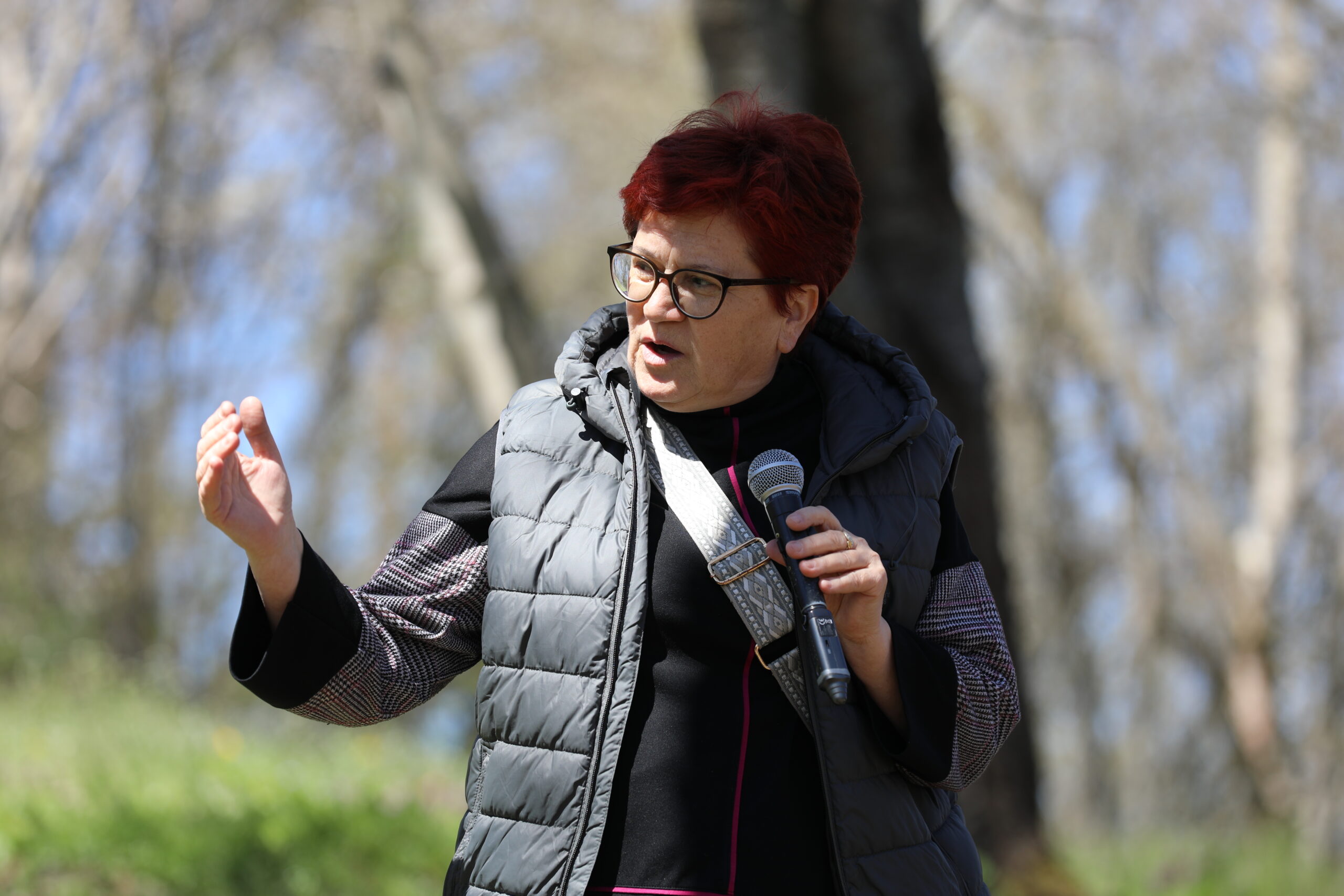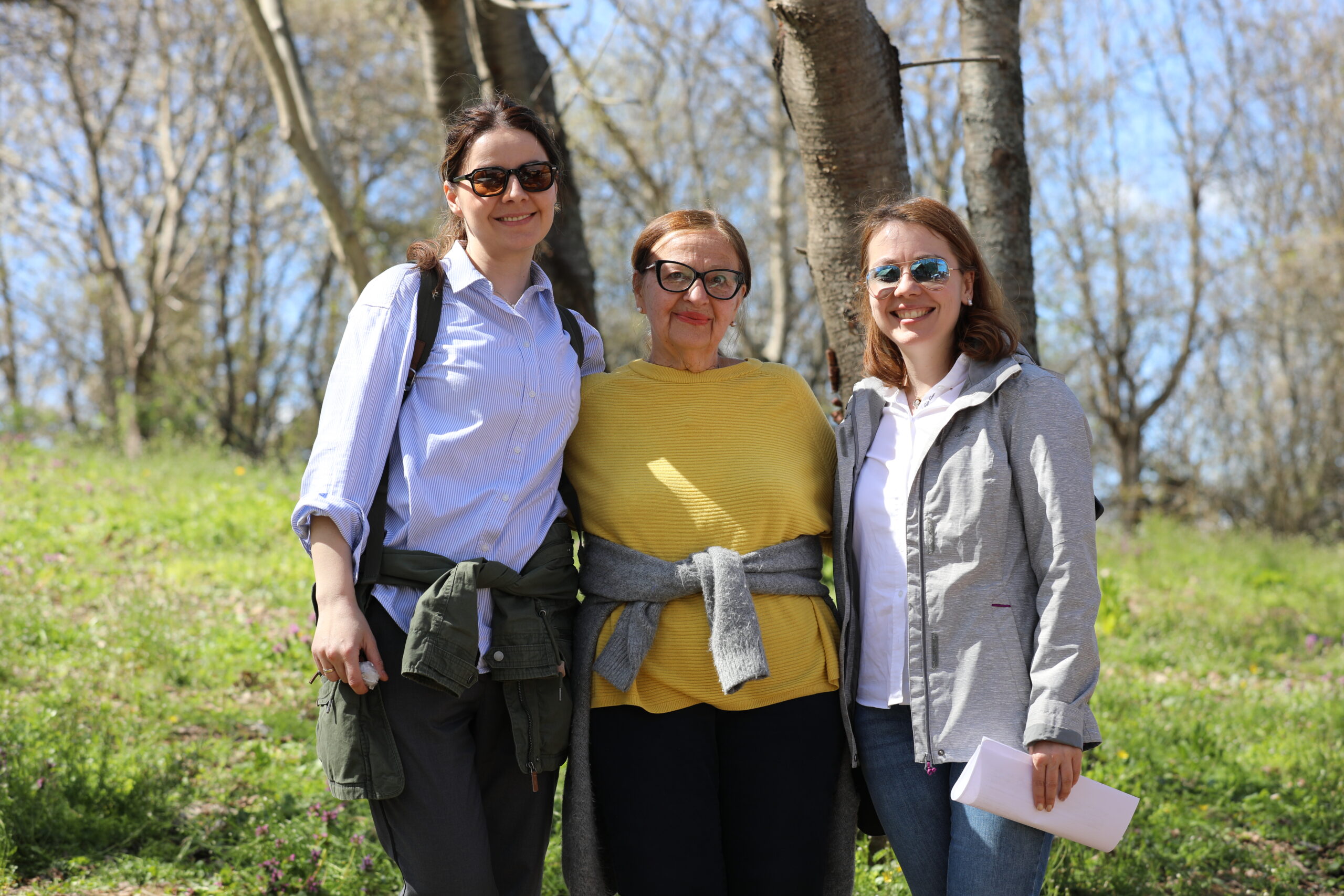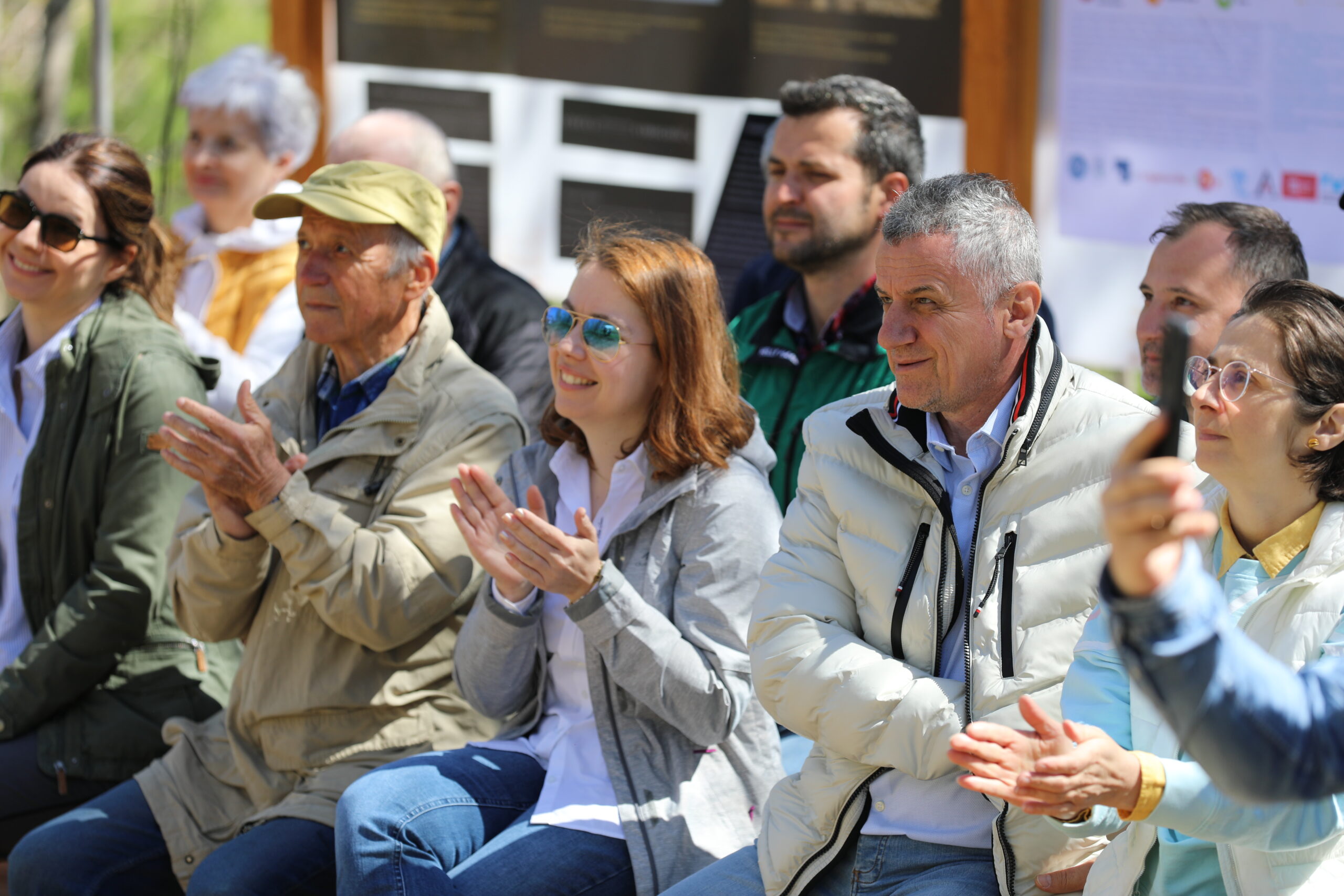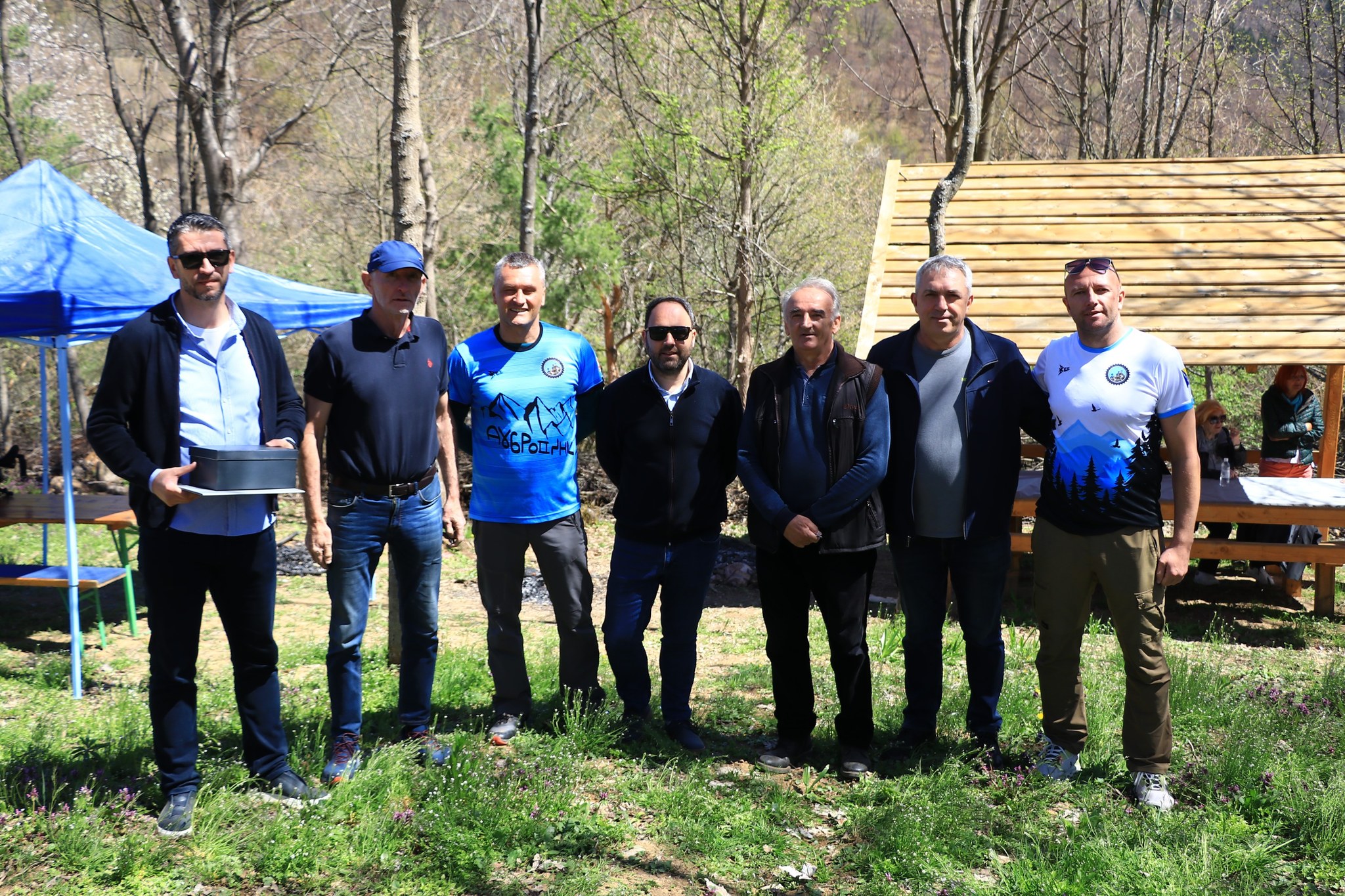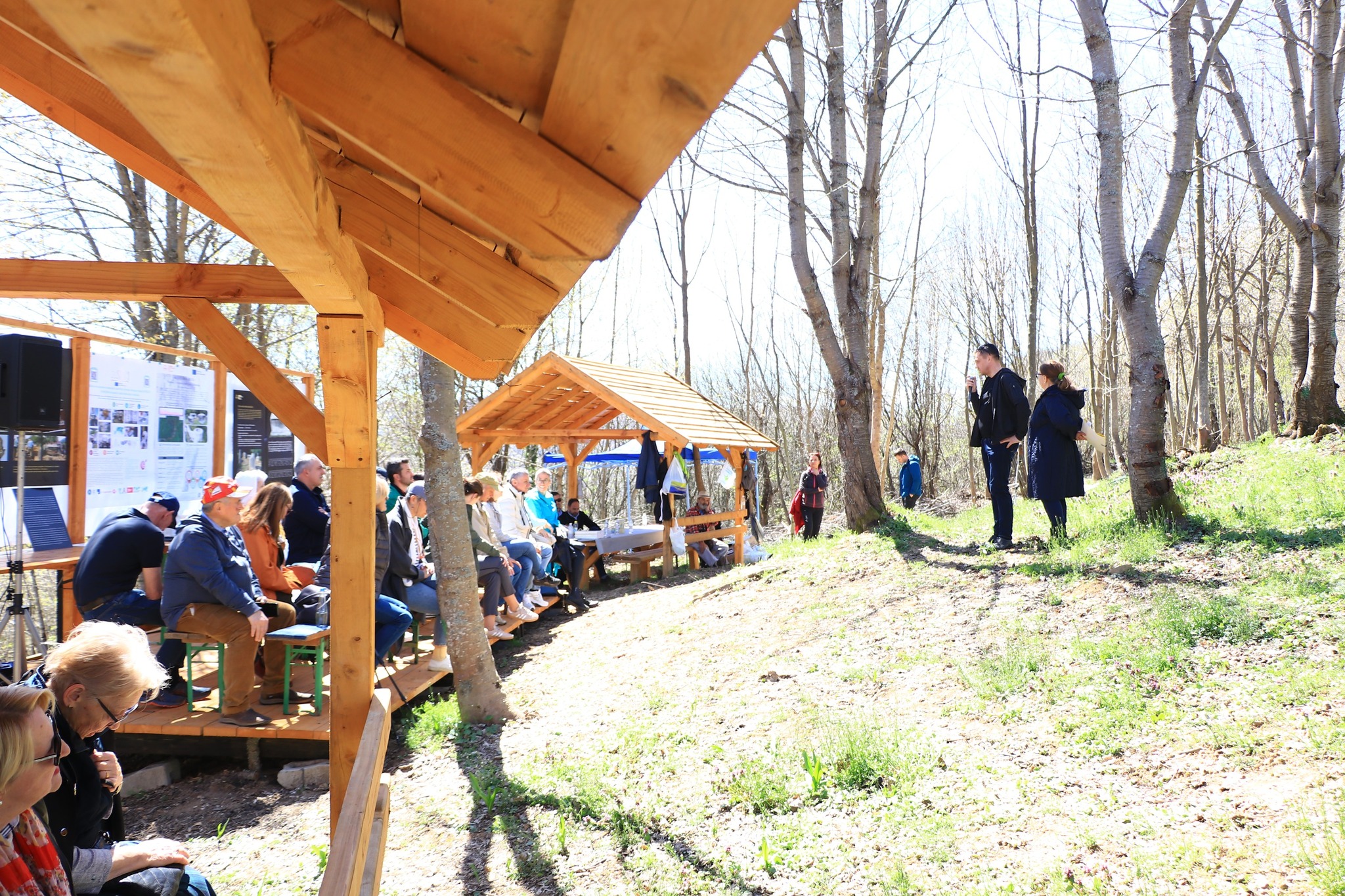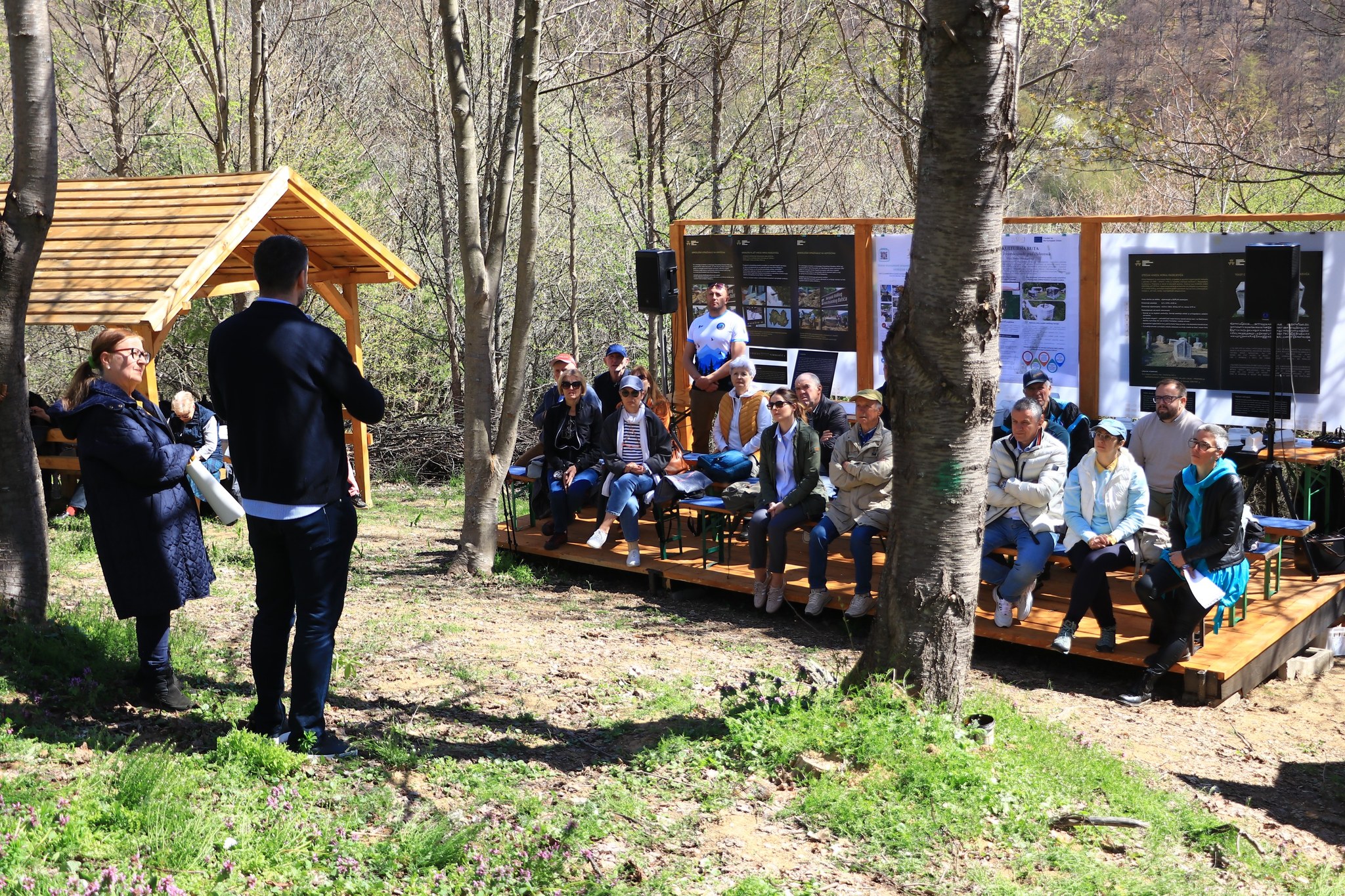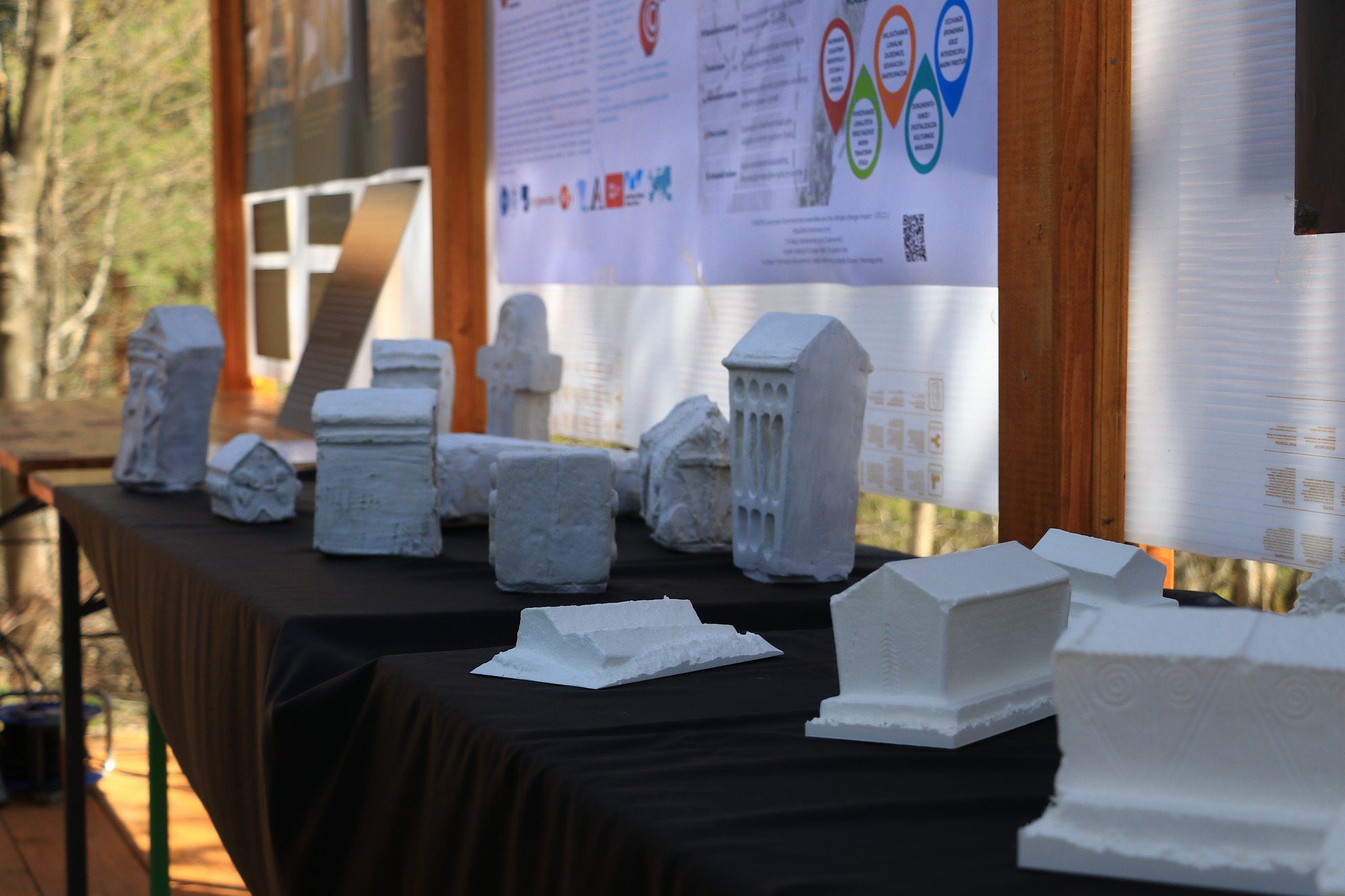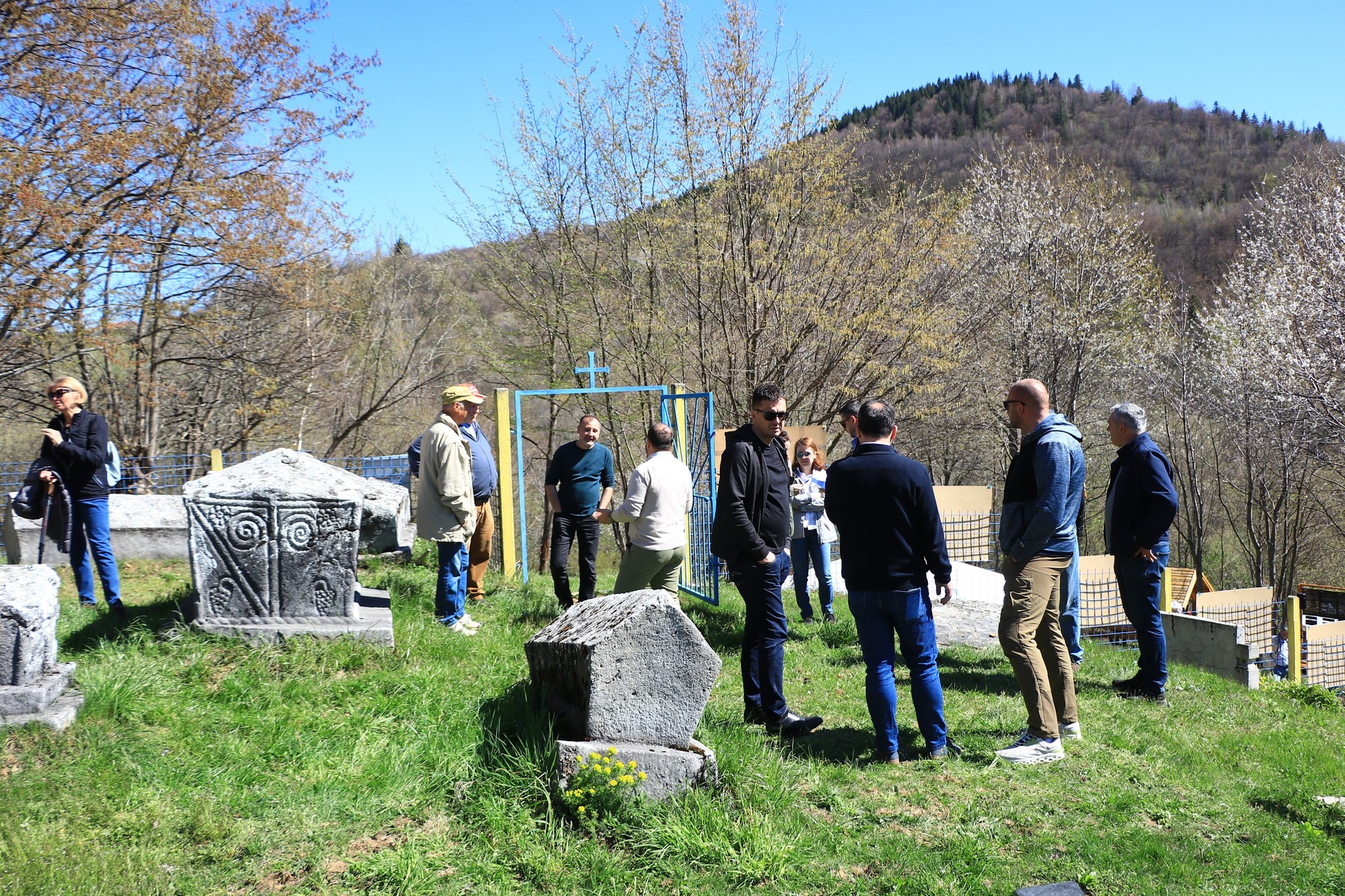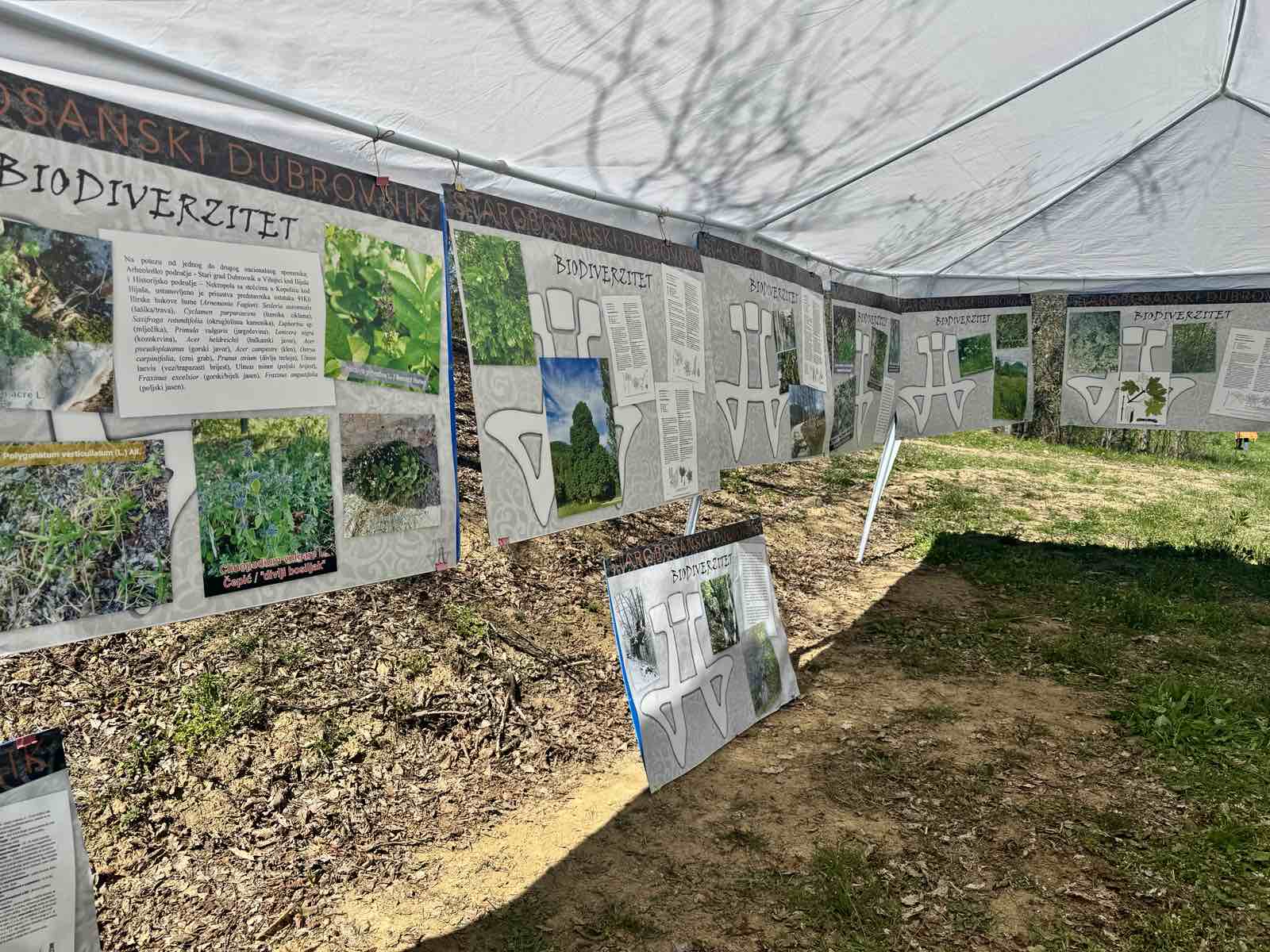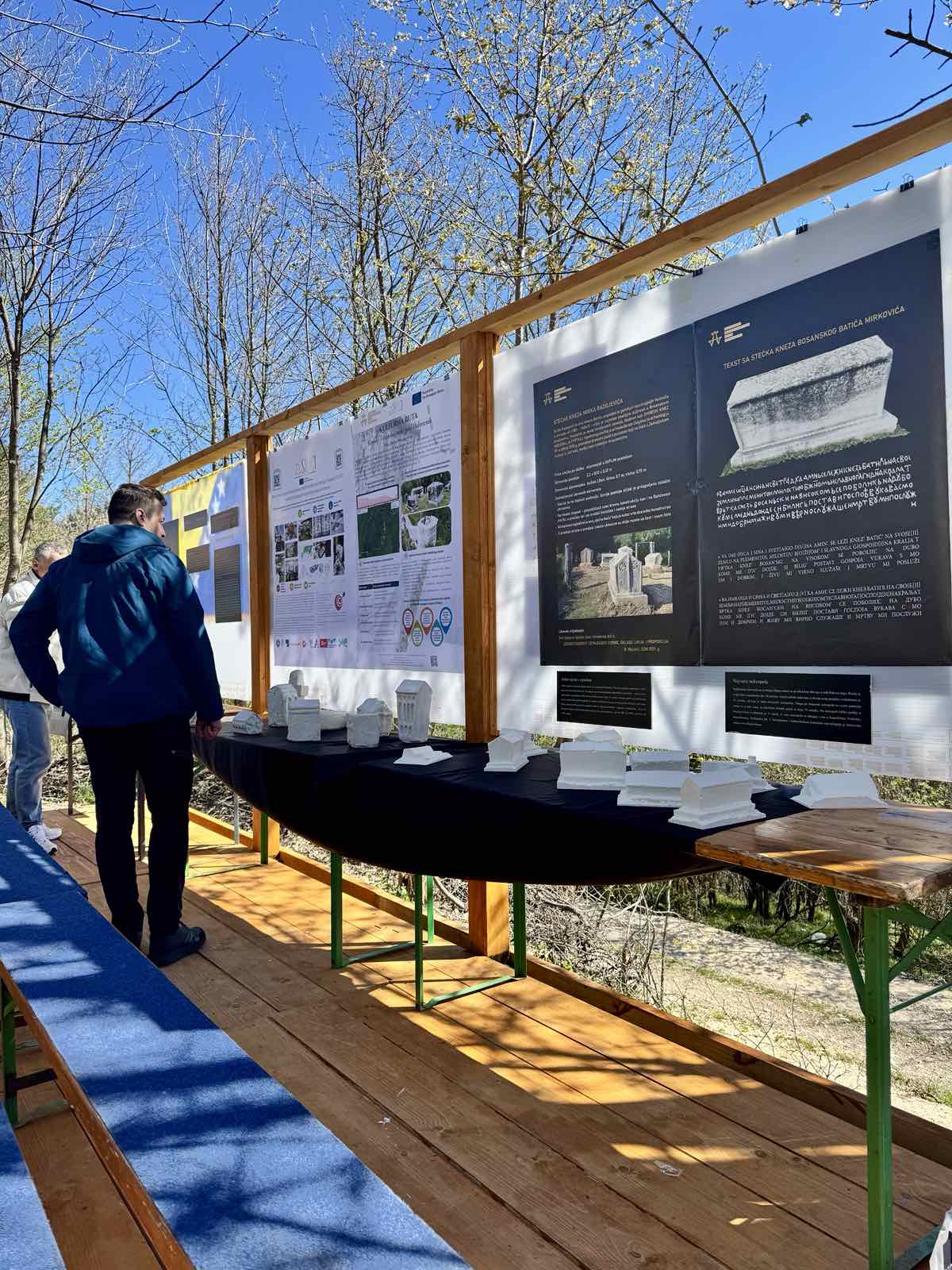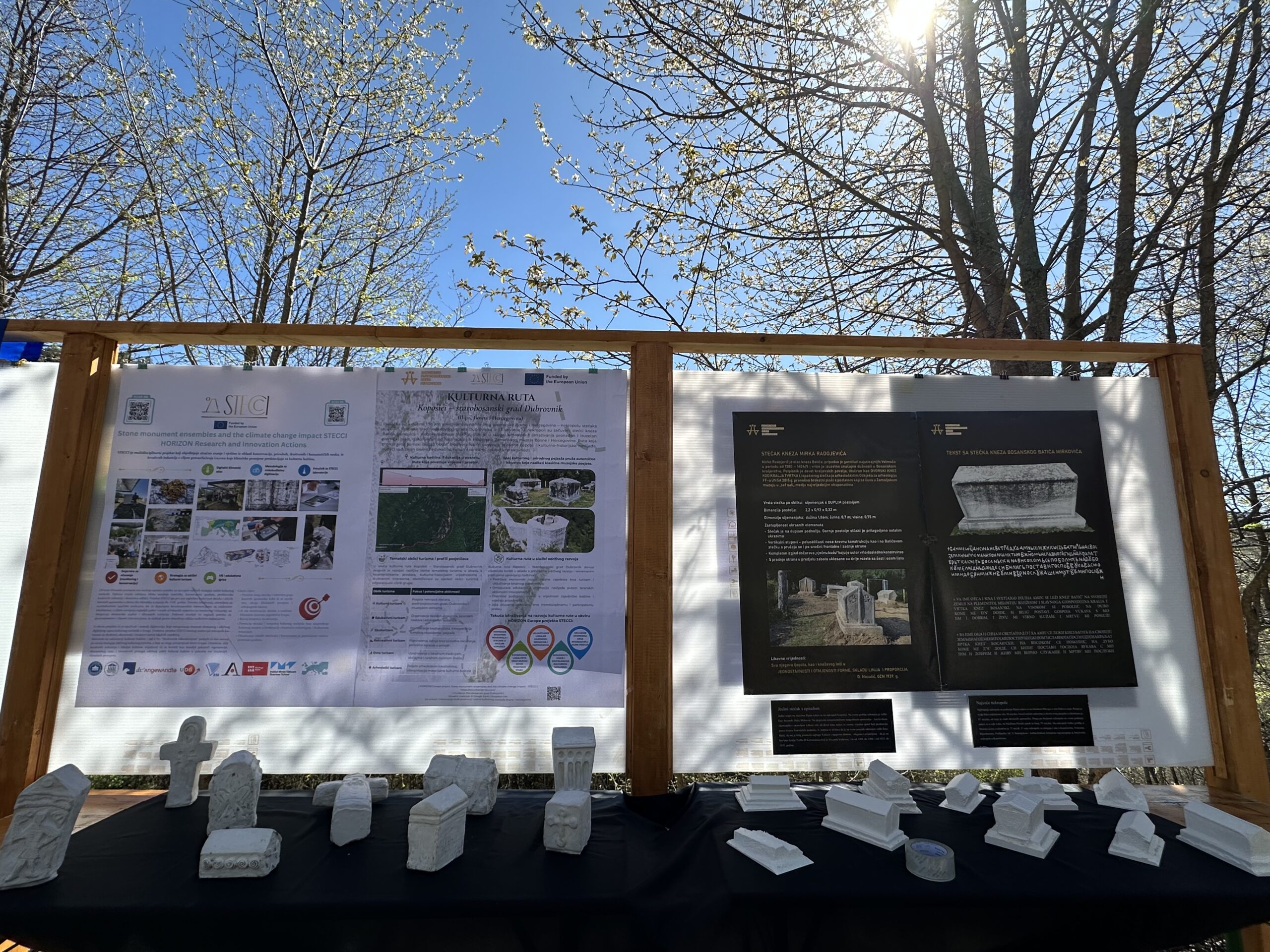On the occasion of the International Day for Monuments and Sites 2025, a field-based dissemination event titled “In the Footsteps of Nobles: A Cultural Route from Kopošići to the Old Bosnian Town of Dubrovnik” was organised by ICOMOS Bosnia and Herzegovina – the International Council on Monuments and Sites, and the Foundation Old Bosnian Town of Dubrovnik, in cooperation with the STECCI project team led by the University of Sarajevo. The event took place on 19 April 2025 at the Kopošići necropolis, one of the designated implementation sites of the STECCI project.
This participatory gathering brought together representatives of expert organisations, project partners, the local community, and the Municipality of Ilijaš, whose mayor, Mr. Amar Dovadžija, addressed the audience. The Director General of the Postal Service of Bosnia and Herzegovina, Mr. Adis Šehić, also attended and announced that a forthcoming commemorative stamp will feature the Old Bosnian Town of Dubrovnik and the endemic karanfil (carnation) native to the Kopošići site.
The STECCI project’s goals, work packages, and progress were presented, with a particular focus on the heritage protection component. As part of the programme, a pilot cultural route connecting the necropolis in Kopošići and the Old Bosnian Town of Dubrovnik was presented. The route links two recognised national monuments of Bosnia and Herzegovina, and is envisaged as a meaningful interpretation of medieval funerary and urban heritage.
In line with broader efforts to safeguard and promote stećak heritage, participants were informed about exploratory plans to expand this pilot route by including selected necropolises from other project regions. Depending on future research capacity, institutional support, and local engagement, the extended route may eventually be considered for nomination within the Council of Europe’s Cultural Routes Programme.
The event reaffirmed the importance of interdisciplinary cooperation, local participation, and cross-sectoral dialogue in ensuring sustainable heritage protection. The implementation site of Kopošići once again proved to be a productive ground for testing participatory approaches and integrated heritage management practices.


